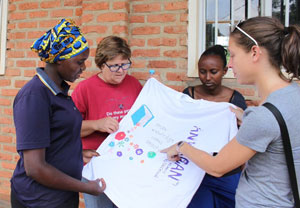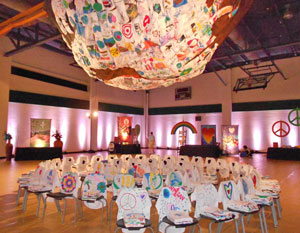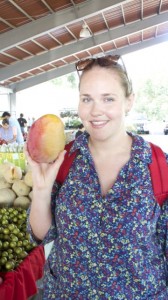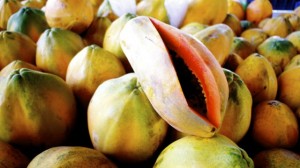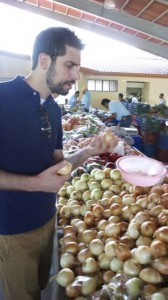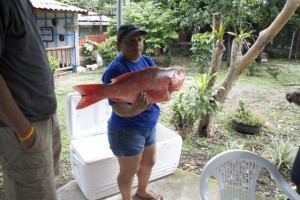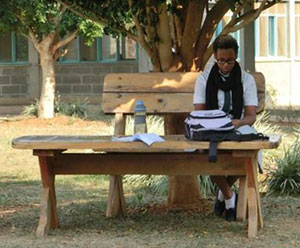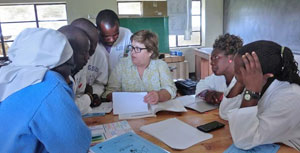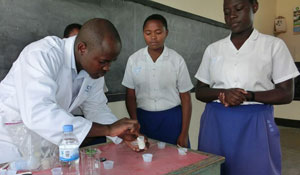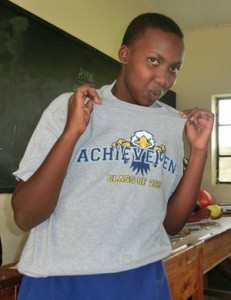Patricia Shafer, July 24, 2015
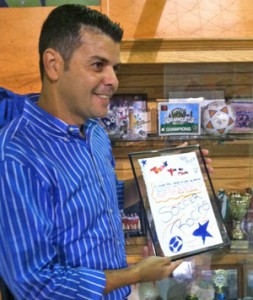 Inspired by the Charlotte Soccer Initiative, we’re deep in analyses of which US youth (geography, gender, race, ethnicity, household income) have (or don’t have) access. What a gift to meet Daniel Araujo of Creative Player Sports Foundation. He was born in Montevideo, Uruguay, to parents that didn’t finish elementary school. As he says, “The chance to play soccer saved me and gave me every opportunity.”
Inspired by the Charlotte Soccer Initiative, we’re deep in analyses of which US youth (geography, gender, race, ethnicity, household income) have (or don’t have) access. What a gift to meet Daniel Araujo of Creative Player Sports Foundation. He was born in Montevideo, Uruguay, to parents that didn’t finish elementary school. As he says, “The chance to play soccer saved me and gave me every opportunity.”
Today, Daniel’s a former professional soccer player; coach/consultant and FIFA agent; and co-creator of a youth soccer learning system and training methodology. He’s also 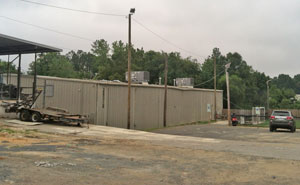 turning an overgrown lot next to a stone restoration business and warehouse into a proverbial “Field of Dreams.” The project is unfolding in Charlotte, on Wilkinson Boulevard, a road that Charlotte Magazine contributor Chuck McShane described this way: “Beyond uptown’s gleaming glass towers . . . Amid the industrial warehouses and barbed-wire fence lots filled with tractor-trailers, faded neon glows
turning an overgrown lot next to a stone restoration business and warehouse into a proverbial “Field of Dreams.” The project is unfolding in Charlotte, on Wilkinson Boulevard, a road that Charlotte Magazine contributor Chuck McShane described this way: “Beyond uptown’s gleaming glass towers . . . Amid the industrial warehouses and barbed-wire fence lots filled with tractor-trailers, faded neon glows 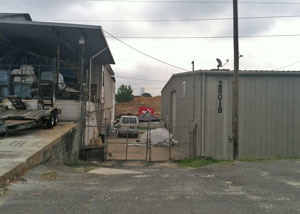 on the rusted signs of converted service stations, roadside motels, and drive-in restaurants.”
on the rusted signs of converted service stations, roadside motels, and drive-in restaurants.”
I was introduced to Daniel, thanks to Chase Saunders, attorney and Chair of the Charlotte Rotary Club’s participation in what’s being called the Charlotte Soccer Initiative. He kept saying, “This is a story of the American Dream, an entrepreneur’s dream, a dream for serving the community.”
And so he was right . . . When you arrive at Creative Player Sports on Wilkinson Blvd., you then drive through a broad passageway with an imposing warehouse on the left, dump trucks on the right, and a bright, beautiful green patch behind – the area’s only soccer pitch. Enter a less imposing secondary warehouse behind the first, and it might as well be a visit to Emerald City – an enormous patch of artificial turf marks out the area for indoor soccer play. To the left: the display case with memorabilia and a framed letter from a young girl expressing thanks in bold colors and proclaiming: “Soccer Rocks.” From this location, Daniel and Creative Player Sports are managing soccer play, training, coaching, life skills classes, and side classes to engage moms and create a feeling of community.
According to data reported by Forbes, ESPN and Sports Illustrated, the writer of the letter (thanks to Daniel) is a statistical anomaly. Across the US, the sport that the world often calls “the Beautiful Game” is generally hard to access if you live in an urban setting, are Hispanic or African-American, and are a girl. Even if you know about and are interested in soccer, you will likely begin to play at a later age, have few opportunities to play competitively, and leave the game after middle school due to the under-development of the sport in public schools operating on restricted athletic and extra-curricular budgets. While soccer seems inexpensive (All you need is a ball, right?), the all-in costs of competitive soccer are out of reach for many youth – a heartbreaking reality for newcomers, refugees and immigrants – many of whom may come from countries where soccer is a passion. According to Daniel, the average cost for playing soccer in Charlotte at a “pay for play” club starts with a yearly fee that ranges from $350 to $1,750 not including tournament fees, equipment, shoes or clothes.
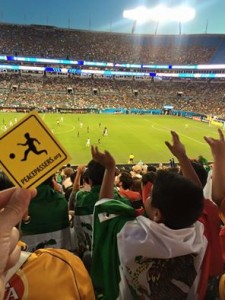 Is this little gem of a facility created out of nothing the answer? Of course not, it’s just one foundational piece of the puzzle that is conceived of as the Charlotte Soccer Initiative. But it’s enough to spark our imagination at Mothering Across Continents . . . What if we connect Daniel with Candace Murray, founder of nonprofit PeacePassers, a network model designed to inspire schools and community groups to collect gently-used soccer equipment and donate it where there is a need? What if civic leaders see, objectively, based on data, the economic development and poverty alleviation value of more facilities like Daniel’s? What if the next time a report comes out on the “most soccer-friendly cities in the US,” one of them is in the Southeast?
Is this little gem of a facility created out of nothing the answer? Of course not, it’s just one foundational piece of the puzzle that is conceived of as the Charlotte Soccer Initiative. But it’s enough to spark our imagination at Mothering Across Continents . . . What if we connect Daniel with Candace Murray, founder of nonprofit PeacePassers, a network model designed to inspire schools and community groups to collect gently-used soccer equipment and donate it where there is a need? What if civic leaders see, objectively, based on data, the economic development and poverty alleviation value of more facilities like Daniel’s? What if the next time a report comes out on the “most soccer-friendly cities in the US,” one of them is in the Southeast?
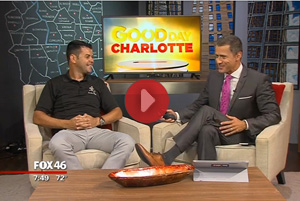 See Daniel’s interview on FOX 46 Charlotte!
See Daniel’s interview on FOX 46 Charlotte!
Click image to watch.

